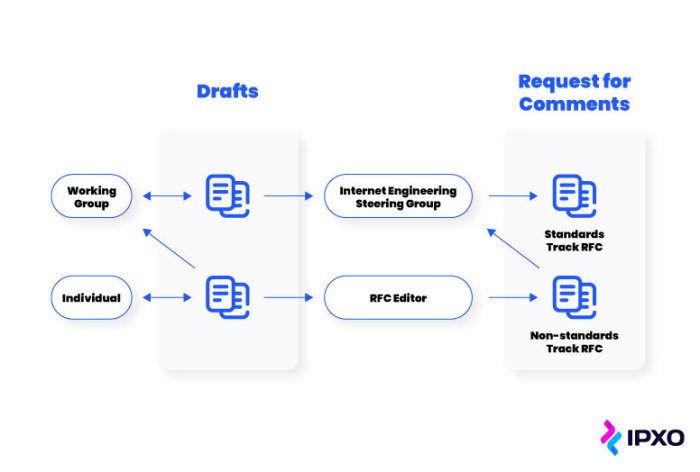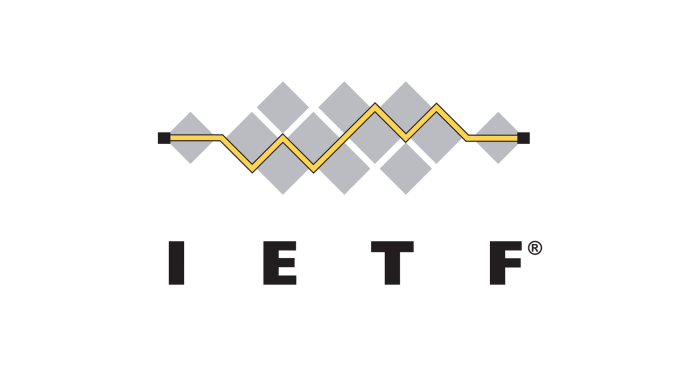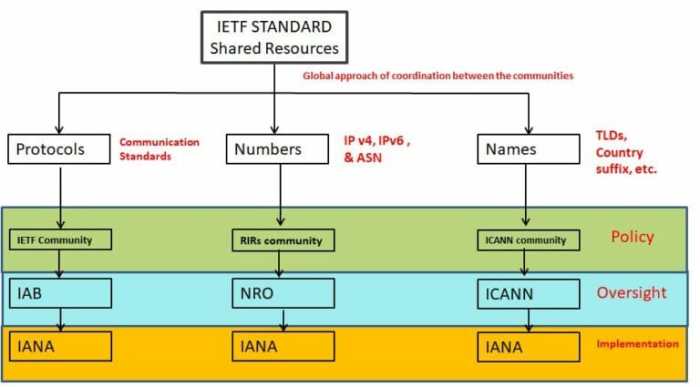Ietf is the organization setting standards for 5g devices – As the Internet Engineering Task Force (IETF) takes center stage in setting standards for 5G devices, this overview delves into its role, history, and impact on the development of this transformative technology.
The IETF, a global standards body, plays a pivotal role in defining the technical specifications that ensure interoperability and performance of 5G devices. Its involvement in 5G standardization has been instrumental in shaping the future of wireless communication.
1. Introduction to IETF

The Internet Engineering Task Force (IETF) is a standards organization that develops and promotes voluntary Internet standards, including protocols, formats, and architectures. IETF plays a critical role in the development of technical standards for 5G devices, ensuring interoperability and performance across different networks and devices.
IETF has been involved in 5G standardization since the early stages of its development. The organization has established several working groups dedicated to developing standards for various aspects of 5G, including network architecture, security, and mobility.
2. IETF Standards for 5G Devices

IETF develops a wide range of standards for 5G devices, covering various aspects of their functionality and performance. These standards include:
- Network architecture standards: These standards define the overall architecture of 5G networks, including the core network, radio access network, and user equipment.
- Security standards: These standards define the security mechanisms used in 5G networks to protect data and communications from unauthorized access.
- Mobility standards: These standards define the mechanisms used to enable seamless mobility for 5G devices, allowing them to connect to different networks and access services while on the move.
These standards are essential for ensuring interoperability and performance of 5G devices, allowing them to communicate with each other and with other network elements.
3. IETF Working Groups on 5G

IETF has established several working groups dedicated to developing standards for 5G devices. These working groups include:
- Mobility Management Working Group (mmwg): This working group is responsible for developing standards for mobility management in 5G networks.
- Security Area Working Group (secare): This working group is responsible for developing security standards for 5G networks.
- Network Management Working Group (nmwg): This working group is responsible for developing standards for network management in 5G networks.
These working groups play a vital role in the development of 5G standards, bringing together experts from industry, academia, and research institutions to collaborate on the development of technical specifications.
4. Impact of IETF Standards on 5G Development: Ietf Is The Organization Setting Standards For 5g Devices
IETF standards have a significant impact on the development of 5G devices and networks. These standards provide a common framework for manufacturers and operators to design and implement 5G devices and networks, ensuring interoperability and performance.
For example, IETF standards for network architecture define the overall structure of 5G networks, including the core network, radio access network, and user equipment. These standards ensure that devices from different manufacturers can communicate with each other and with the network, providing a seamless user experience.
5. Future Directions for IETF 5G Standardization

IETF continues to work on the development of 5G standards, addressing emerging requirements and technologies. Ongoing and future work includes:
- Standardization of new 5G features and capabilities, such as network slicing and edge computing.
- Development of standards for the integration of 5G with other technologies, such as cloud computing and artificial intelligence.
- Enhancement of security standards to address new threats and vulnerabilities.
IETF’s work on 5G standardization will continue to play a critical role in the evolution and deployment of 5G networks and devices.
General Inquiries
What is the IETF’s role in 5G standardization?
The IETF develops technical standards that define the protocols and specifications for 5G devices, ensuring interoperability and performance.
How does the IETF ensure the quality of its standards?
The IETF follows a rigorous process of review and consensus-building, involving experts from industry, academia, and research institutions.
What are the key challenges facing the IETF in 5G standardization?
The IETF must address the complexities of 5G technology, including new use cases, increased bandwidth, and network slicing.